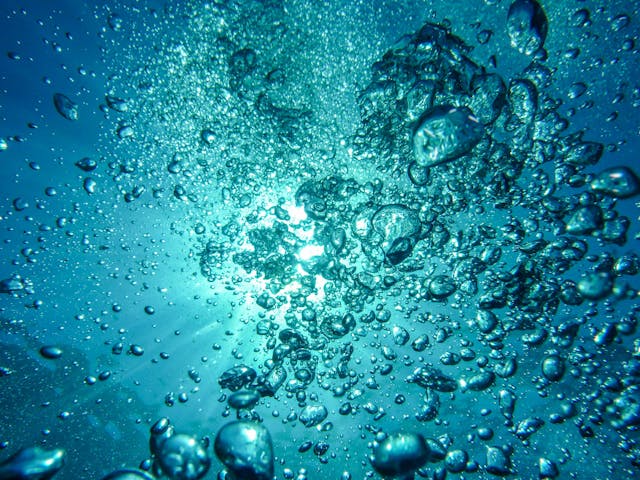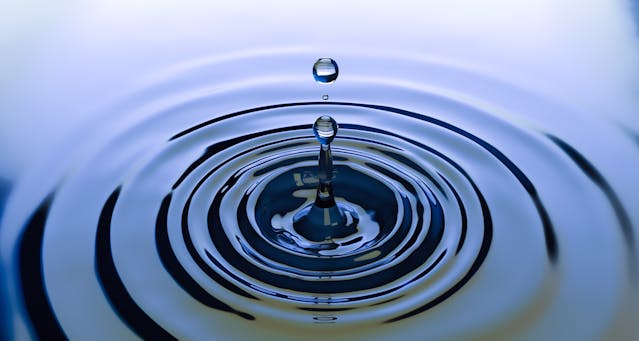
How to Decide Which Water Filter System is Best for Your Home
Selecting the right water filter system for your home is a crucial decision that can significantly affect the quality and taste of your drinking water.
With the myriad of options on the market, from pitcher filters to reverse osmosis systems, understanding which type suits your needs can be challenging. It's important to consider factors such as the specific contaminants you want to remove, your household water consumption, and the space available for installing a system.
Water quality varies greatly from one region to another, and so do the filtration needs of different households. By determining the contaminants present in your tap water, you can narrow down filter types that are specialized to remove them. This could involve getting your water tested or checking your municipal water quality report. Moreover, considering the rate of water usage in your household is essential in opting for a filter system that meets your daily demands without compromising on efficiency.
Furthermore, water filter systems come with different maintenance requirements and longevity. While some options might seem budget-friendly initially, the costs of cartridge replacements and energy consumption should be taken into account. By comparing the ongoing expenses and maintenance efforts, you can ensure that your choice aligns with your lifestyle and budget constraints. Thus, assessing these factors meticulously will guide you toward the water filter system that ensures safe and pleasant-tasting water for your home.
Understanding Water Filtration Needs

Before selecting a water filter system, it’s crucial to understand your specific filtration needs which depend on the quality of your water and the volume you use.
Evaluating Water Quality
Your journey begins with a detailed evaluation of your water's characteristics. You can start by obtaining a water quality report from your municipality, or for well water, consider a professional water test. Your water could be hard, contain high levels of chlorine, or have a noticeable odor or taste which can affect your experience.
Identifying Contaminants
Once you understand the overall quality, focus on the specifics of potential contaminants. Make a list of what's in your water. Common contaminants include lead from old pipes, pesticides from agricultural runoff, and microbial pathogens. Each of these necessitates different filtration approaches, hence the importance of identification.
Determining Water Usage
Finally, assess your daily water usage. Typical household consumption includes drinking, cooking, and bathing, but think beyond these basics if you have a large family or a garden requiring frequent watering. Your water filter system should be able to handle your home’s demand without a significant drop in water pressure.
Types of Water Filter Systems
When choosing a water filter system for your home, it’s essential to understand the different types that are available. Each type targets specific contaminants and fits various household needs and sizes.
Pitcher and Faucet Attachments
Pitcher filters are portable, easy to use, and do not require installation. They are suitable for reducing chlorine, zinc, and hydrogen sulfide from your tap water. Faucet attachments, on the other hand, provide a more direct filtration option as they attach to your kitchen tap, offering a convenient switch between filtered and unfiltered water.
Under-Sink and Countertop Systems
Under-sink systems are installed under your kitchen sink and directly filter the water flowing through your tap. They are more discreet and can filter larger quantities of water compared to pitcher filters. Countertop systems sit on your counter and are directly connected to your faucet with a hose; they typically have a higher filtration capacity than both pitcher filters and faucet attachments.
Whole-House Filtration
Whole-house filtration systems are installed at the point where water enters your home, ensuring that every water source is filtered. These systems are ideal for large households and are effective at removing sediment, scale, and other contaminants, providing clean water for bathing, drinking, and cooking.
Selecting the Right Water Filter
To ensure safety and taste, it's critical to choose a water filter that suits your home's specific needs and water quality issues.
Filter Effectiveness
The effectiveness of a water filter is paramount. Filters are rated by the size of contaminants they remove, measured in microns. A lower micron number indicates the filter can trap smaller particles. You should consider filters that remove common contaminants in your area such as lead, chlorine, pesticides, and bacteria. For instance, if your water has a high sediment concentration, a filter with a 5-micron rating may be appropriate, while concerns over bacteria would require a 0.5-micron filter or lower.
Maintenance and Replacement
Regular maintenance is essential for a filter's performance. You'll need to replace cartridges or components according to the manufacturer's recommendations. The frequency of filter replacements can range from every few months to yearly, depending on water usage and contamination levels. Systems with longer maintenance intervals may be more convenient, but ensure that this doesn't compromise filter effectiveness.
Certifications and Standards
Lastly, it's crucial to check for certifications that indicate a filter meets specific standards. Reputable certifications to look for include those from the National Sanitation Foundation (NSF) and the American National Standards Institute (ANSI). Filters claiming to remove specific contaminants should have corresponding certification numbers, such as NSF/ANSI 53 for lead removal or NSF/ANSI 42 for aesthetic effects like taste and odor.
Installation and Budget Considerations

Choosing the right water filter system requires understanding both the complexity of installation and the associated costs. Making an informed decision can help prevent future inconvenience and unexpected expenses.
DIY vs. Professional Installation
When it comes to installing a water filter system, you have two main options: doing it yourself or hiring a professional. If you possess basic plumbing skills and the necessary tools, you might opt for DIY installation to save on labor costs. Simple under-sink or countertop models are particularly suited for DIY due to their straightforward instructions. However, more complex systems, like whole-house filters or reverse osmosis units, often demand a professional installation to ensure proper setup and avoid potential water damage.
Cost of Professional Installation:
-
Labor: $150 - $600 (Varies based on complexity)
-
Additional Supplies: $20 - $100 (May include fittings, pipes, etc.)
Cost Analysis
To determine which water filter system fits your budget, consider both initial purchase prices and long-term running costs. Initial costs vary widely, from affordable pitcher filters (around $20 - $40) to sophisticated whole-house systems (upward of $1500). It's also crucial to factor in the cost of replacement filters and maintenance, which can add significantly to the total cost over time.
Long-Term Costs to Consider:
-
Replacement filters: $15 - $100 per filter (frequency varies by model)
-
Electricity for powered systems: $3 - $10 per month (if applicable)
-
Maintenance: Periodic servicing may be required (costs vary by service provider)
By examining both installation options and the costs involved, you can choose a water filter system that meets your needs and stays within your budget.
Trending
-
1 How IoT is Revolutionizing Sustainability: A Brighter Future Beckons
Susanna Koelblin -
2 How The Water Treatment And Desalination Will Change The Environment For The Better
Daniel Hall -
3 How Intermediate Bulk Containers Enhance Environmental Sustainability
Daniel Hall -
4 Hybrid Cars and Their Key Benefits
Susanna Koelblin -
5 UK Faces Wettest July in Recent Memory
Daniel Hall





Comments